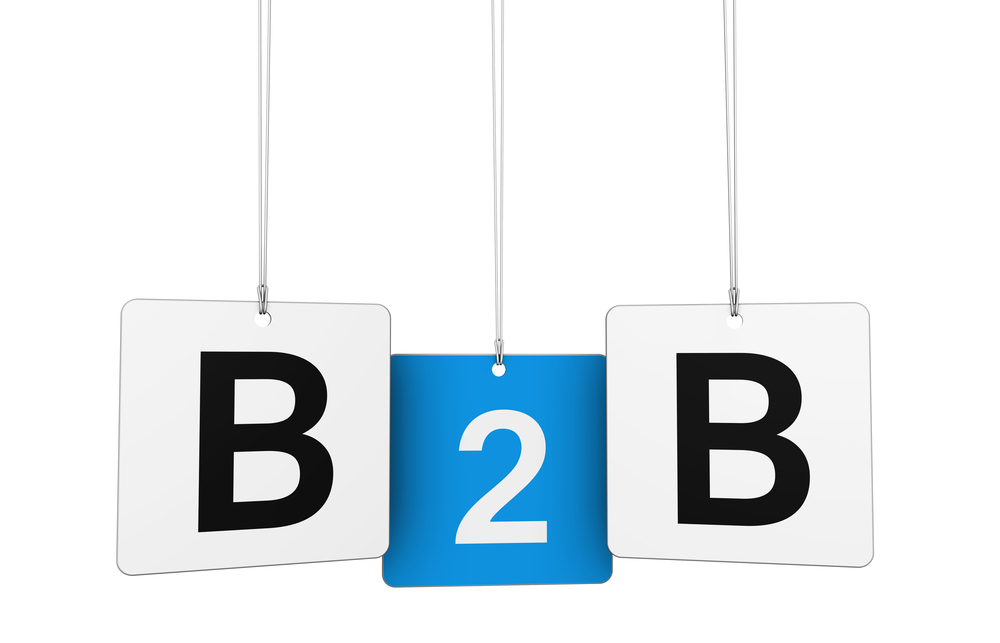
We’ve witnessed a significant surge in the size and complexity of B2B buying groups recently. According to Forrester, typical B2B buying groups now consist of 6-10 (or more) decision-makers. Additionally, Ebsta highlights the importance of nurturing relationships with 10-12 buying committee members to enhance win rates and reduce sales cycles. What’s more, Pipeline360’s recent research on “The State of B2B Pipeline Growth,” revealed that 45% of global B2B marketers struggle to engage stakeholders in the purchasing process, with 43% facing varying levels of difficulty.
With B2B buying groups expanding and evolving, unraveling the intricate decision-making maze is crucial. Here are three vital insights for successfully navigating today’s dynamic B2B buying groups.
B2B Buyers Crave a Unique Experience
Buyers are now taking the reins, diving into research and seeking peer validation through review sites. They’re forging unique paths, skipping the traditional consideration stage. The old funnel? They’ve left it in the dust. Conventional playbooks? Not their style. Sales engagement? They’re resisting it. In fact, Gartner reports that 75% of B2B buyers are all about a sales experience free of reps.
To captivate these self-guided buyers on their purchasing journey, B2B companies must evolve. Offer a personalized, self-service experience tailored to their needs. This calls for strategic investments in channels to establish a robust brand presence that fuels demand generation efforts.
Nurture With Content Syndication
Collaborative purchasing decisions involve nurturing an entire account’s multiple stakeholders, which should be aligned in their needs before sales engagement. Content syndication can address such challenges posed by buying groups, as it enables marketers to efficiently engage with decision-makers across key accounts and boost brand exposure.
Leveraging content syndication ensures the right people see your content, even if they’ve never heard of you, by republishing assets beyond your company’s website, blog, LinkedIn or social media accounts. It’s discovering potential customers where they are, instead of relying on them stumbling upon you, and providing them what they need to continue their buyers’ journey. It not only boosts visibility but also enhances lead generation by broadening engagement among stakeholders.
Despite its potential, content syndication is often overlooked, with many marketers unaware of its benefits. A recent study revealed that over a third of B2B marketers lack understanding of content syndication, haven’t considered it for lead generation, and are unfamiliar with its workings. But by leveraging content syndication effectively, marketers can upscale outreach to engage the right buyers with tailored content while allowing buyers to control their engagement.
Enhance Your Reach: Unite Display and Content Syndication
Integrating targeted display ads with content syndication can streamline engagement processes, offering valuable insights for improved lead generation and quicker conversions. This strategy, referred to as branded demand, empowers marketers to educate, nurture, and engage buyers simultaneously, resulting in streamlined processes and heightened conversion rates. It serves as a means to cultivate trust by harmonizing brand awareness with lead generation.
Branded demand is the convergence of brand awareness and demand generation. By bringing brand awareness together with lead generation, it guarantees that potential clients are already familiar with the brand before sales initiates contact. By strategically aligning brand with demand, businesses can establish trust and credibility with their audience even before Sales interactions. This proactive approach ensures that when sales interacts with potential buyers, the brand is already a recognizable and trusted entity in their perception.
Moving Ahead
When buyers hold the reins, marketers need to revamp their strategies to connect with empowered buyers. By grasping the shifting paths of buyers, marketers can customize their tactics to effectively engage the entire buying cohort.
Just as maneuvering through a maze calls for patience, persistence and a sharp sense of direction, skillfully interacting with B2B buying groups requires a strategic approach to unveil the best routes and surmount obstacles encountered along the journey.
Matt Hummel is VP of Marketing at Pipeline360, Integrate’s Demand Generation Marketplace.




